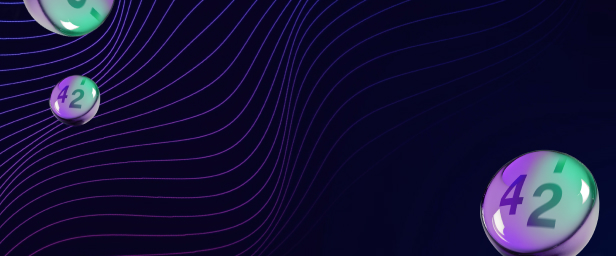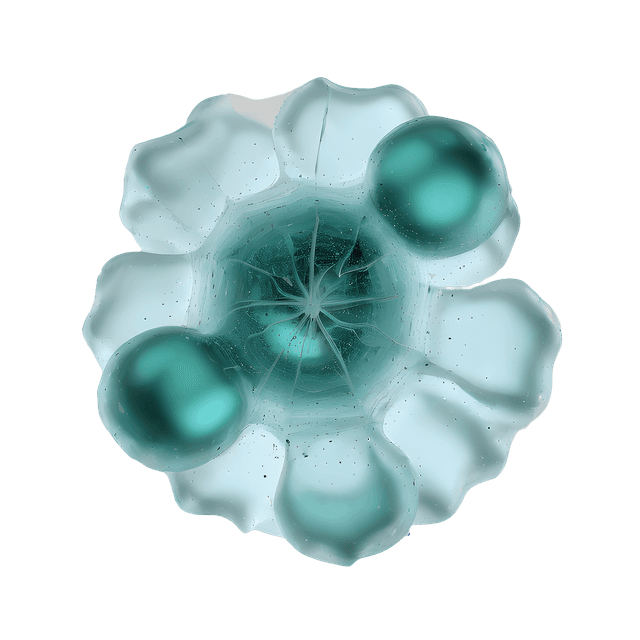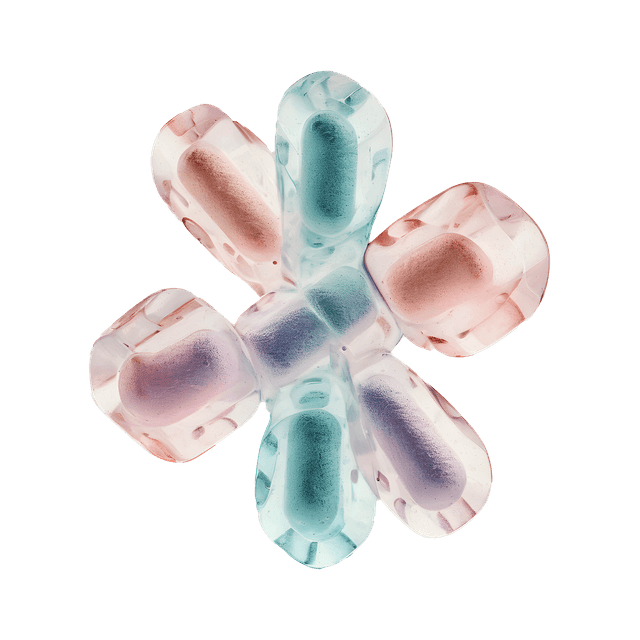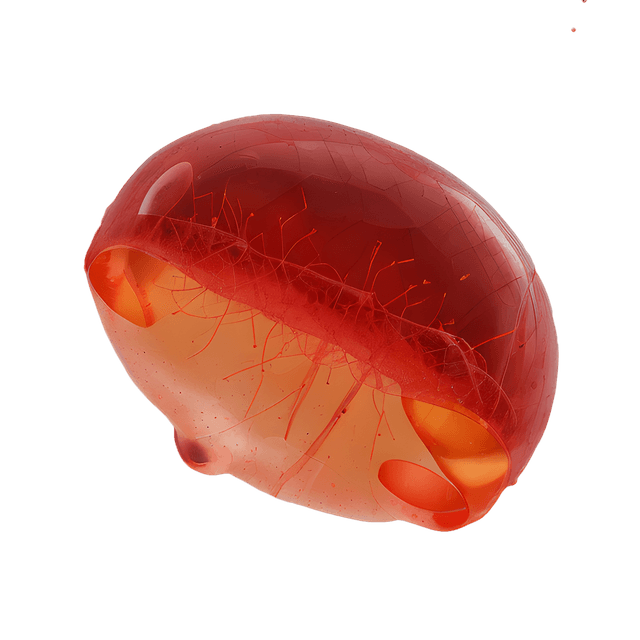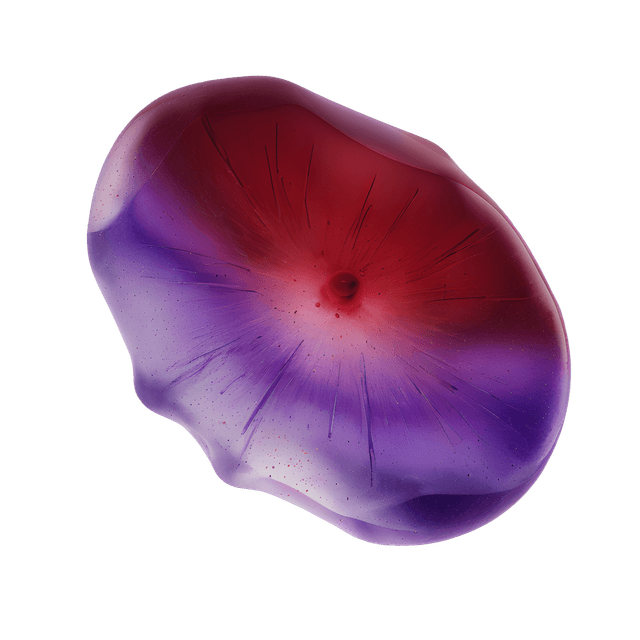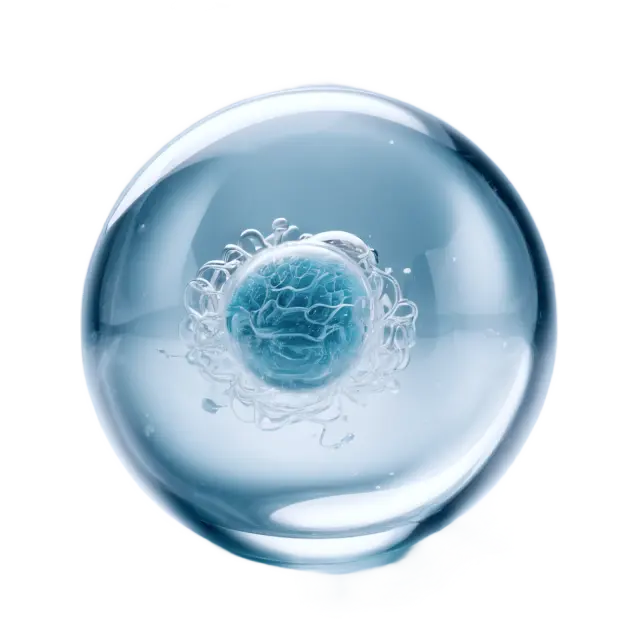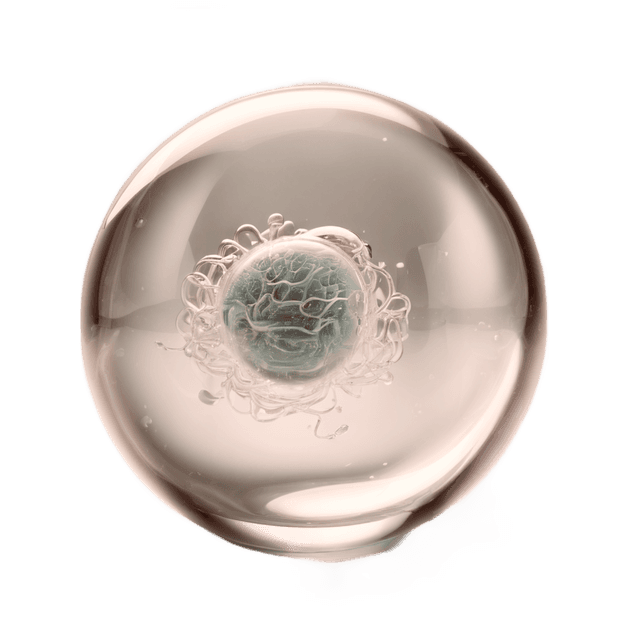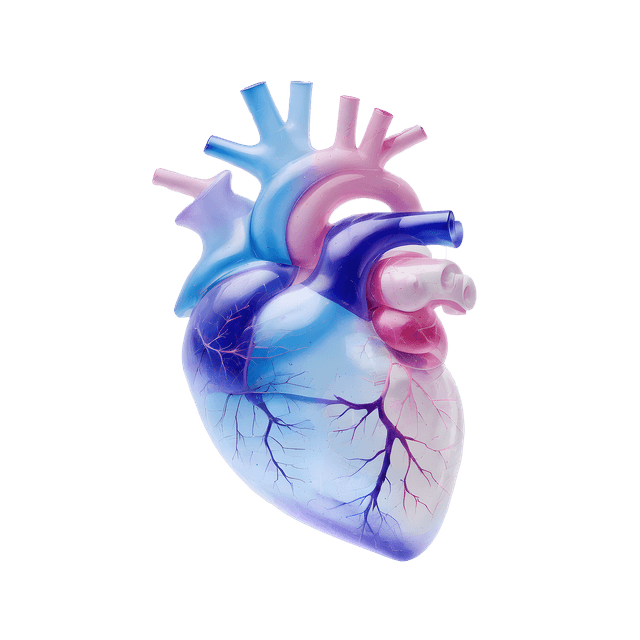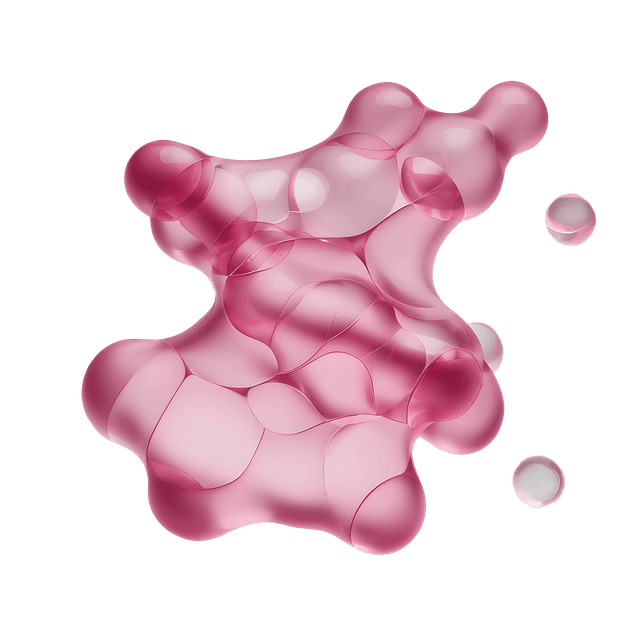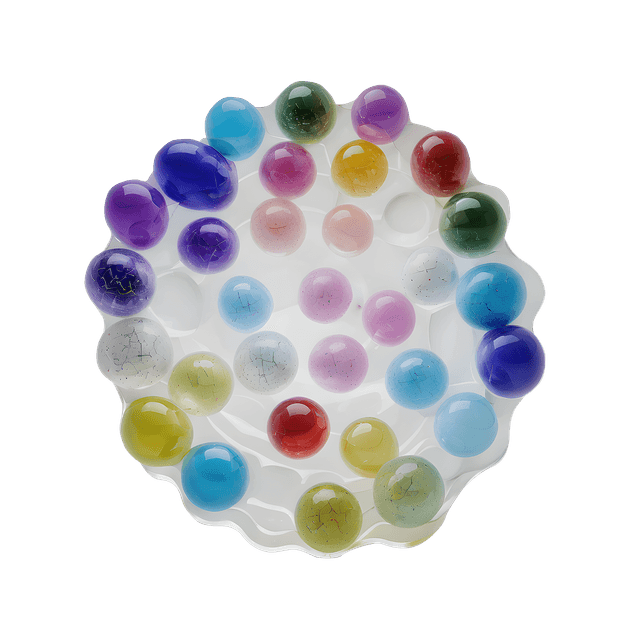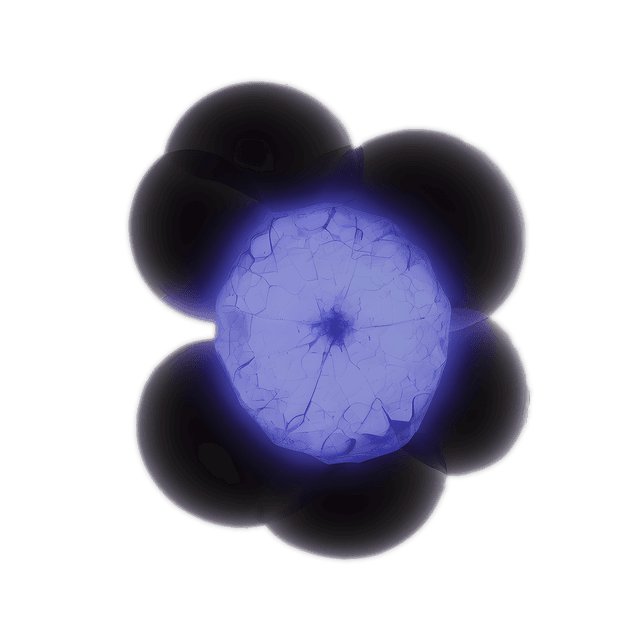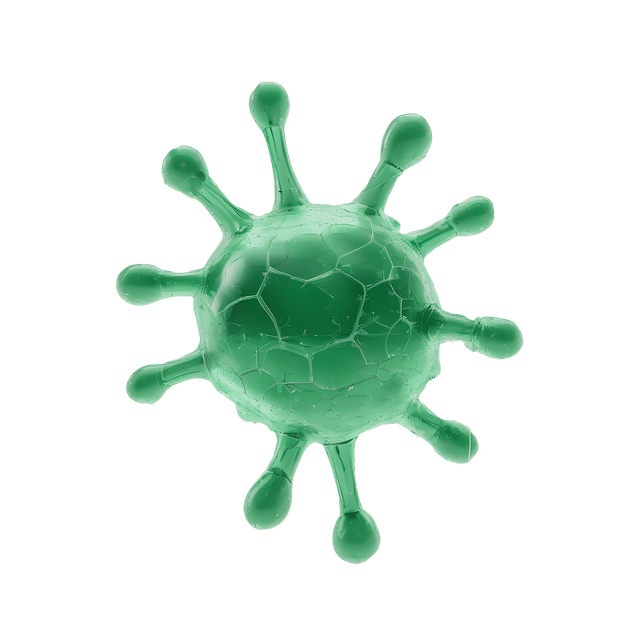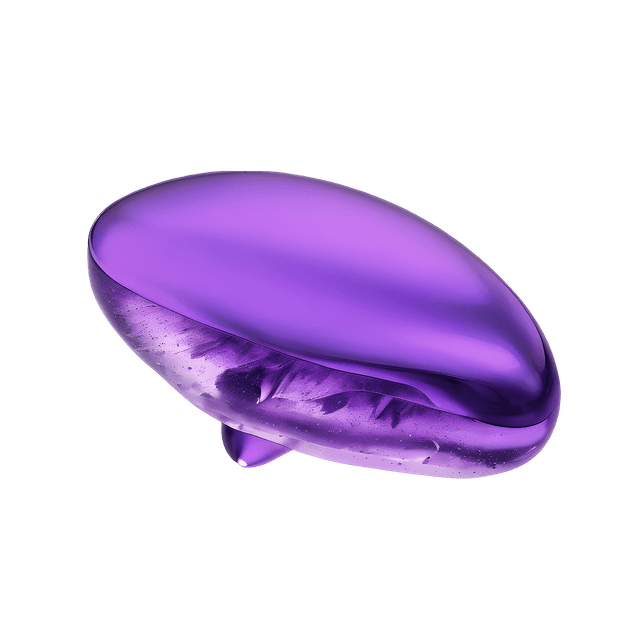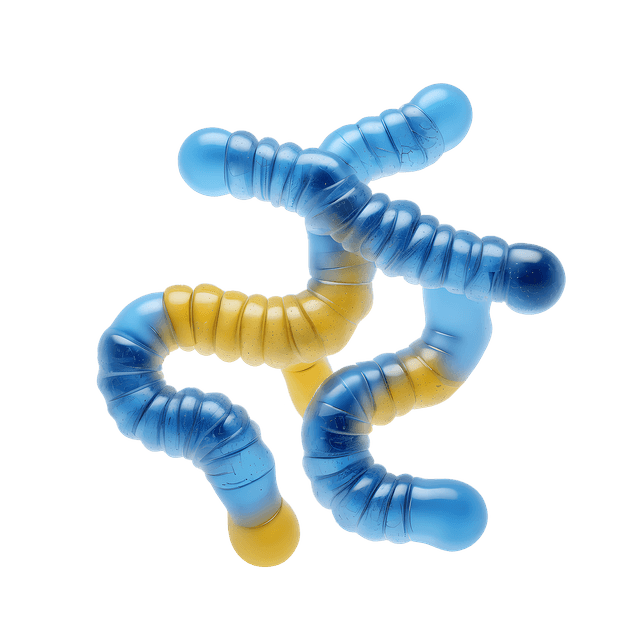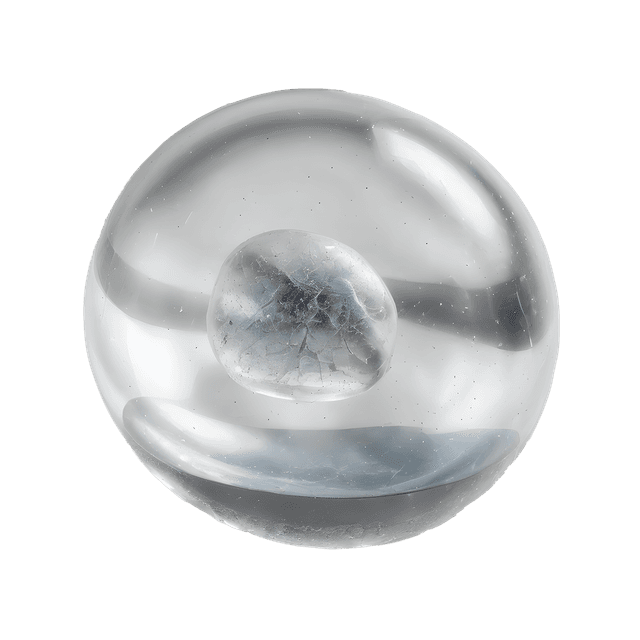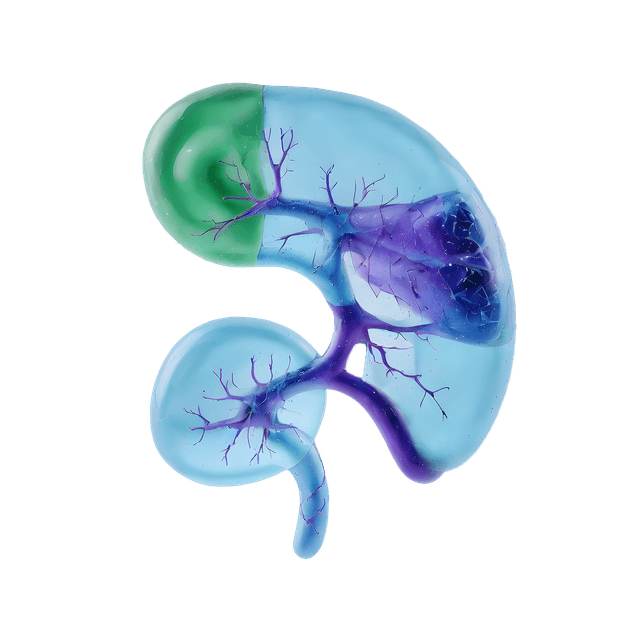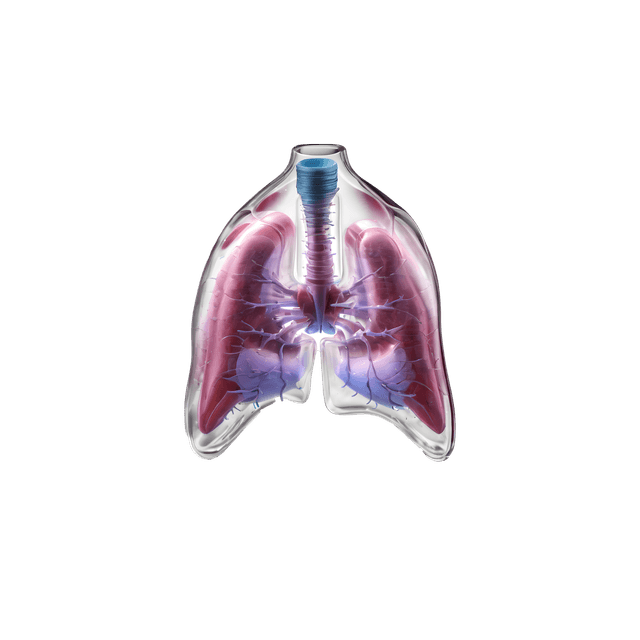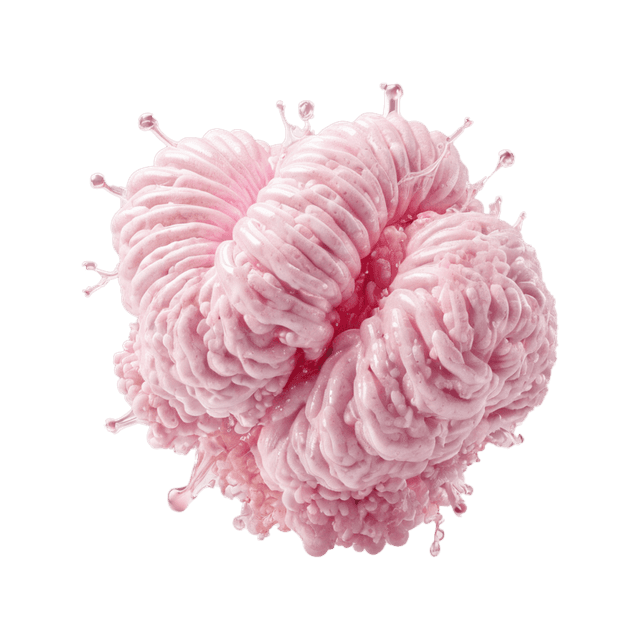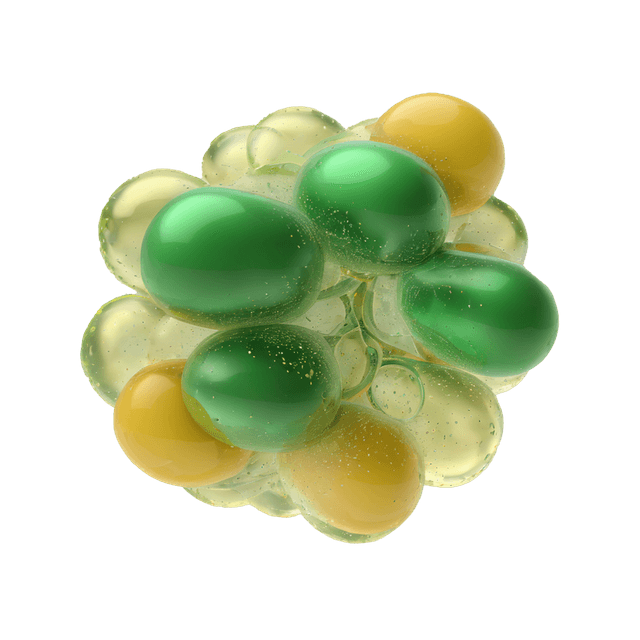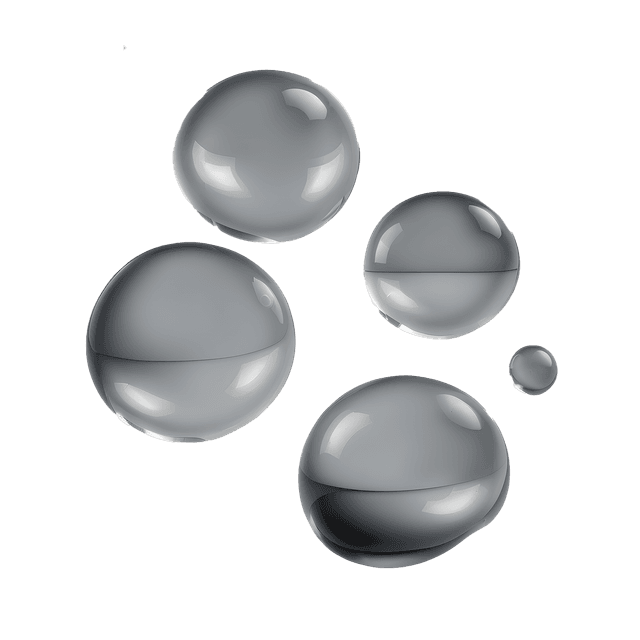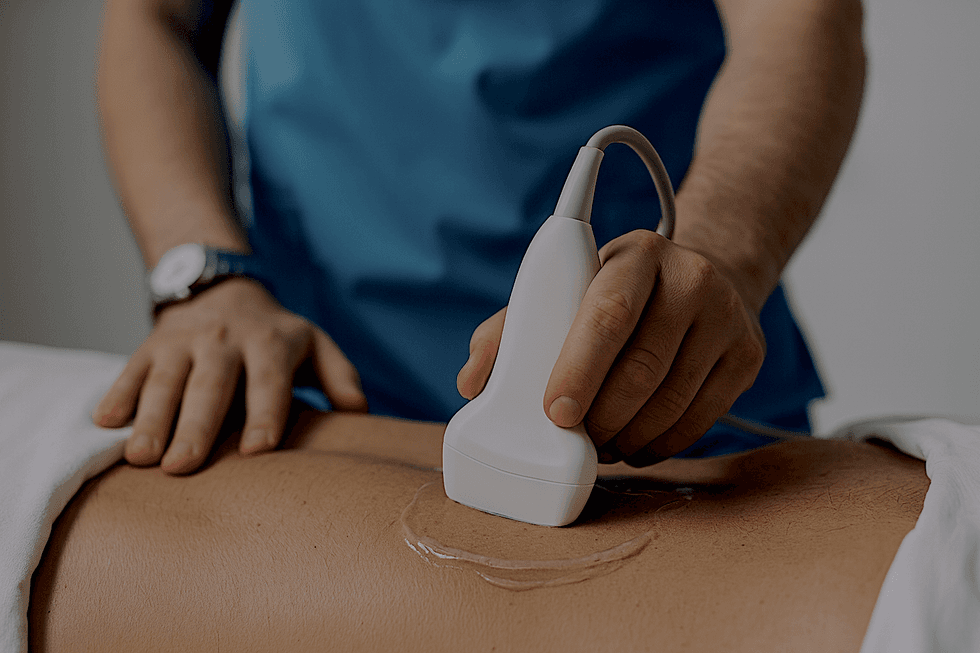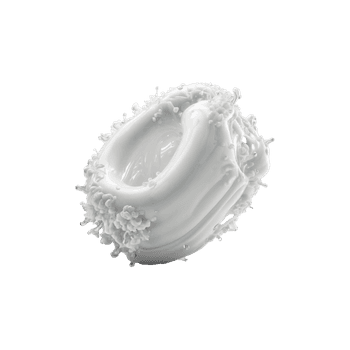Quick version
Kidney stones occur when salts and minerals in urine crystallize and form small stones that can get stuck in the urinary tract. This leads to sudden and intense pain in the side or back that often radiates to the groin. Most stones pass on their own, but larger stones or those that cause fever, infection, or kidney damage require treatment. Drink plenty of fluids, seek medical attention if you have severe pain or blood in your urine, and try to prevent new stones by staying well hydrated and eating a balanced diet.
A kidney stone attack usually causes a sharp pain in the back or side that comes on suddenly and is so intense that it is almost impossible to lie still. Many people describe the pain as one of the most intense they have ever experienced, a wave-like pain reaction that continues until the stone is dislodged or completely removed.
What exactly are kidney stones?
Kidney stones form when certain substances in the urine, such as calcium, oxalate or uric acid, crystallize and clump together into small stones. Urine is normally dilute, but when there is a lack of fluid or a change in the chemical balance in the body, it becomes more concentrated, which increases the risk of crystals growing. The process occurs gradually and a kidney stone can form over weeks or months before causing symptoms. The stones can vary in size – from as small as a grain of sand to several centimeters in size – and can either remain in the kidney or move further down the ureter. Kidney stones are most common in adults between the ages of 30 and 60 and affect men slightly more often than women, but can occur at any age.
Most kidney stones pass out on their own without being noticed. However, if a stone gets stuck in the ureter, the flow of urine is obstructed, which creates increased pressure in the kidney and triggers a so-called kidney stone attack – often with sudden, very severe pain.
Common symptoms of kidney stones
The typical symptom is sudden and described as an intense pain in the side or lower back, usually on one side. The pain comes in fits and starts when the ureter tries to push the stone further towards the bladder.
- Sudden, sharp pain in the side, back or lower abdomen.
- Pain that radiates to the groin, lower abdomen or inner thigh.
- Nausea and vomiting.
- Blood in the urine – the urine may turn pink, red or brown.
- Frequent urge to urinate or burning when you urinate.
- Feeling of not being able to empty the bladder completely.
The pain usually reaches its maximum intensity within a few minutes and is often so severe that it is difficult to sit or lie still. It comes in attacks and can last for several hours until the stone moves or passes on.
Why do people get kidney stones?
The most common cause of kidney stones is dehydration. When the body loses fluid, for example in hot weather, fever or physical activity, the urine becomes more concentrated and crystals form more easily. Diet, genetic factors and certain diseases can also contribute to the formation of stones. Some people also have an innate tendency to excrete more calcium or uric acid in the urine, which further increases the risk.
Factors that increase the risk of developing kidney stones
- Insufficient fluid intake – especially during high activity or hot climates.
- High intake of salt, animal protein or oxalate-rich foods.
- Overweight and sedentary lifestyle.
- Heredity – if close relatives have had kidney stones, the risk increases.
- Diseases such as gout or disorders of calcium metabolism.
- Long-term use of certain medications, such as diuretics.
How kidney stones are diagnosed in healthcare
The diagnosis is based on a combination of symptoms, urine tests, blood tests and imaging. The treating physician primarily assesses the nature and location of the pain and checks for blood in the urine. Blood tests such as Creatinine and Calcium may be used to assess kidney function and detect salt imbalances.
In order to confirm the diagnosis, imaging is most often used, primarily a CT scan of the urinary tract (computed tomography), which is the most accurate method and shows both the size and position of the stone. In some cases, ultrasound is used, especially in cases of repeated attacks or pregnancy, since the examination is radiation-free.
Treatment of kidney stones
Treatment depends on the size, location and symptoms of the stone. Small stones (usually less than 5 millimeters) usually pass out on their own. In the meantime, plenty of fluids, painkillers and sometimes drugs that dilate the ureter are recommended to facilitate the passage of the stone. The goal is to relieve pain and help the body get rid of the stone naturally.
However, if the stone is larger or causes infection, fever or affects kidney function, active treatment is required. This can be done with shock wave therapy (ESWL), where the stone is broken into smaller pieces that can pass, or with a peephole technique via the urethra (urethroscopy). In more complicated cases, a thin tube, called a stent, can be inserted to relieve the kidney until the stone can be removed.
If you suspect a kidney stone, you should always seek medical attention
Always seek medical attention if you experience severe or persistent pain in your side or back that does not go away, especially if it is combined with fever, chills, nausea or blood in the urine. These symptoms may indicate that the stone is blocking the flow of urine or that an infection has occurred, which requires rapid medical assessment.
It is advisable to contact the health center if you experience recurring pain, suspect that you have had kidney stones in the past or often get urinary tract infections. A simple investigation can reduce the risk of future stones and help you prevent new problems.
How to prevent kidney stones
The most effective way to reduce the risk of kidney stones is to drink enough fluids – at least two liters per day, and more in hot weather or physical activity. A balanced diet with moderate intake of salt and animal protein helps to keep urine dilute. Avoid excessive intake of oxalate-rich foods such as spinach, rhubarb, beetroot and nuts. In the case of recurrent kidney stones, individual dietary advice or drug treatment may be needed, depending on the type of stone that is formed.

